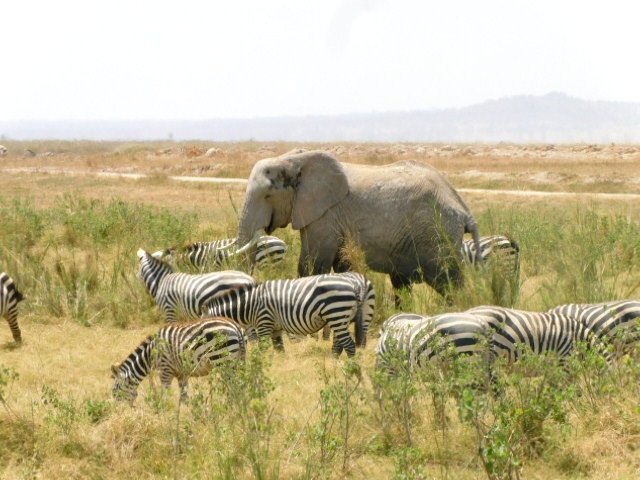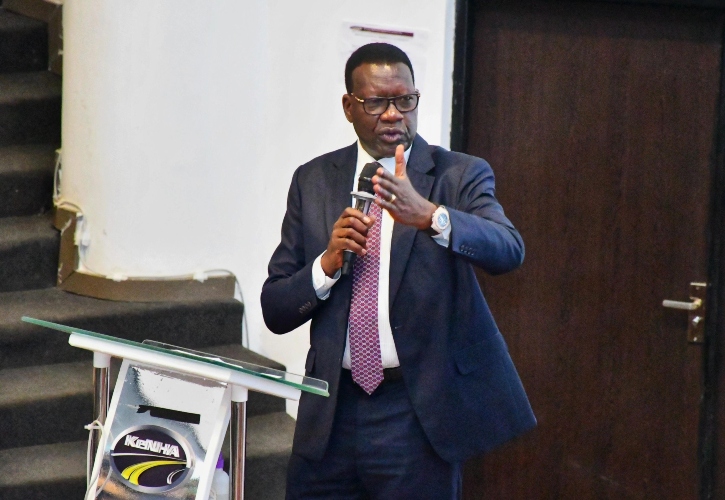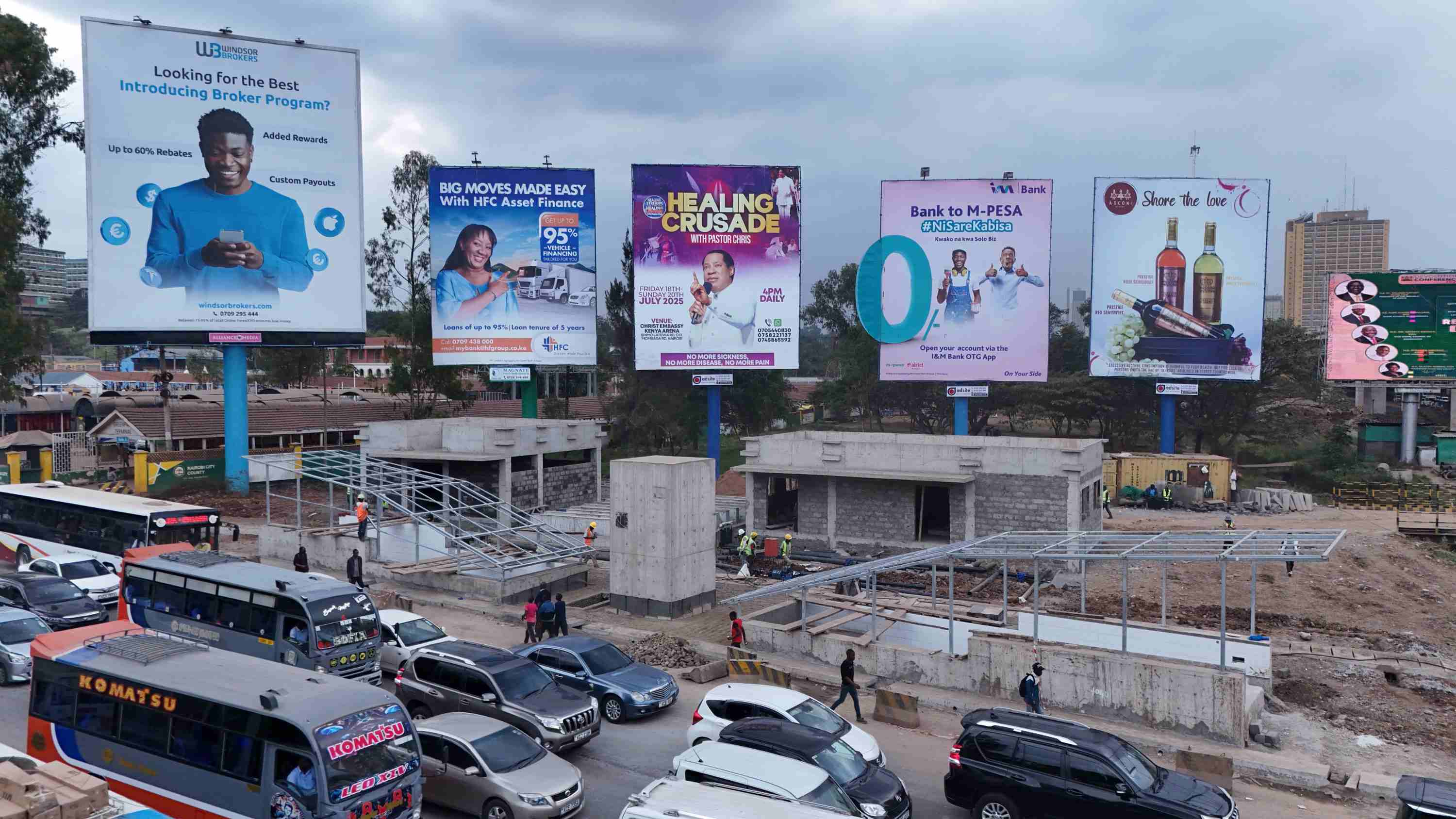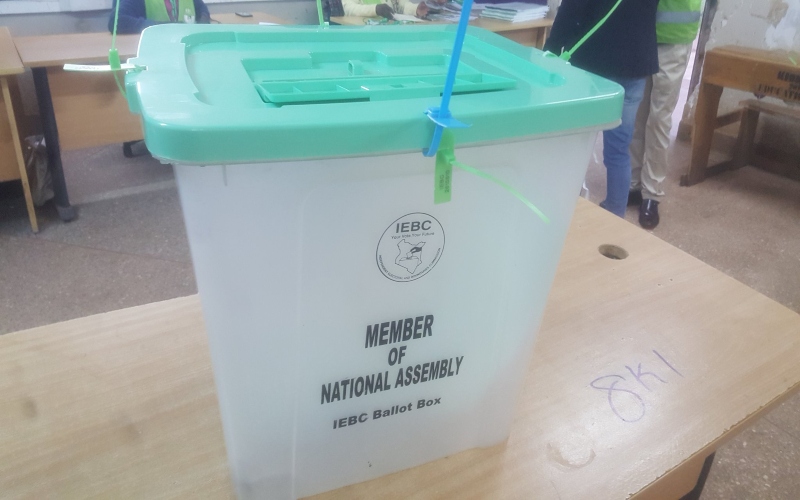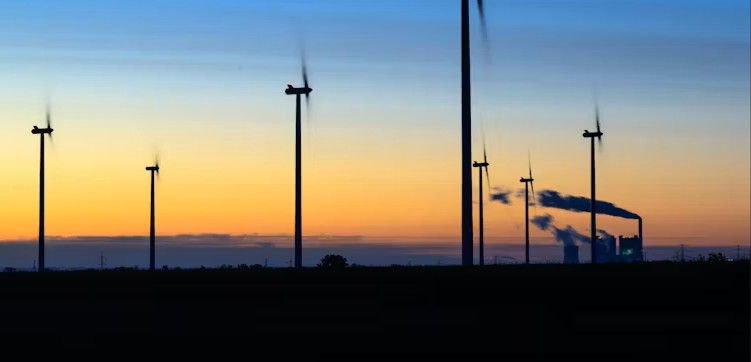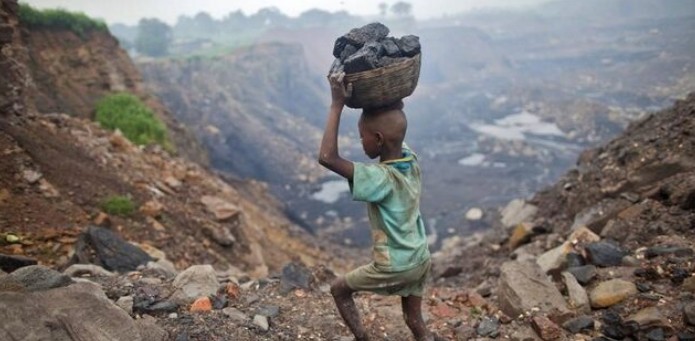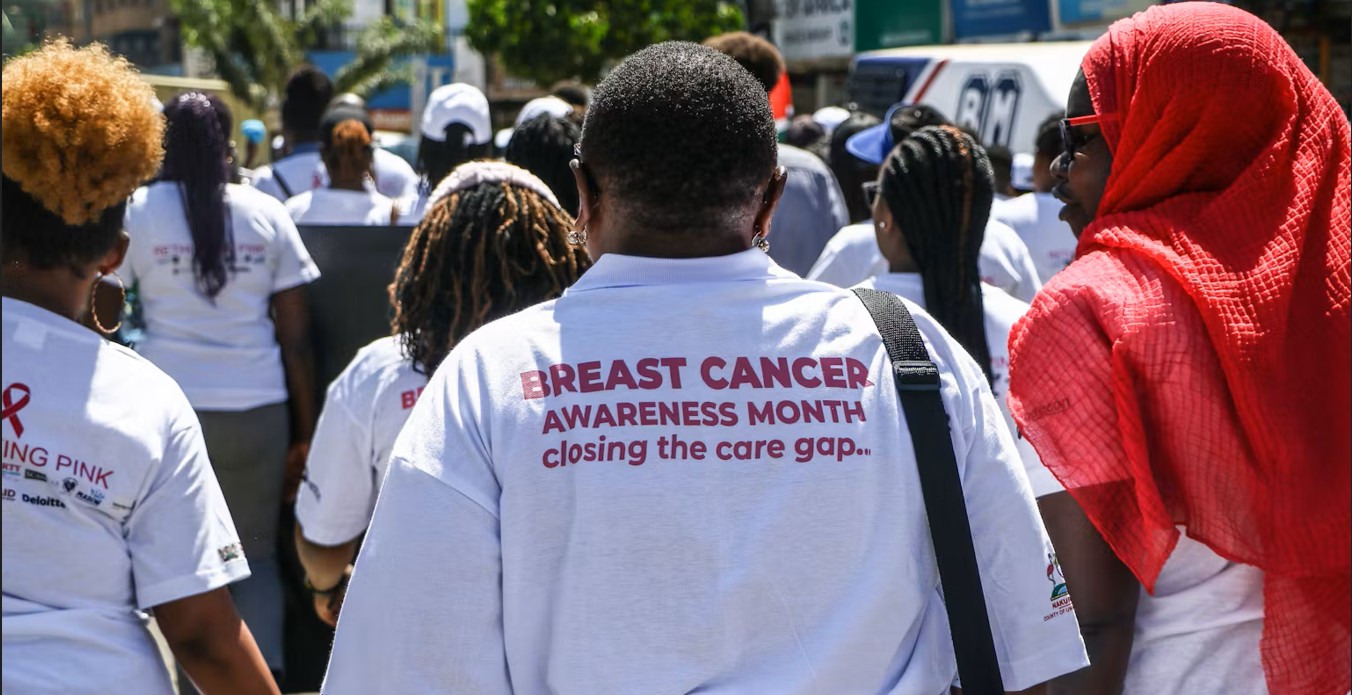21 black rhinos moved to Laikipia's Loisaba Conservancy to boost population

Those moved from private sanctuaries in Laikipia include six black rhinoceros that were moved from Ol Pejeta Conservancy.
Twenty-one endangered black rhinos have been safely translocated from the Nairobi National Park and private sanctuaries in Laikipia County to the less populated and poaching-free habitats of Loisaba Conservancy to ease overcrowding and shield them from poachers.
In a statement on Monday, the Kenya Wildlife Service (KWS) and Ol Pejeta Conservancy said those translocated from private sanctuaries in Laikipia include six black rhinoceros that were moved from Ol Pejeta Conservancy.
More To Read
- KWS translocates rhinos from Lewa, Meru parks to Loisaba Conservancy
- Latest rhino count a mixed bag for world's five species
- Kenya’s rhino boom signals major win for wildlife conservation as population grows by 31pc
- Three wildlife traffickers arrested, Sh2.9m rhino horn seized in Homa Bay operation
- Kenya relocates 21 black rhinos to save them
- Scientists reveal IVF breakthrough that could save rhino species
"The rhino translocation exercise was part of a larger plan to translocate 21 black rhinos from various conservancies and the Nairobi National Park to Loisaba Conservancy to ease overcrowding in the existing habitats," the KWS and Ol Pejeta Conservancy said in a joint statement.
Kenya's rhinoceros population estimated at 1,739, is the third-largest in the world after South Africa and Namibia according to the national wildlife census carried out by the KWS in May-July 2021.
The three-month census found that Kenya's black rhino population stood at 897, while the population of white rhinoceros stood at 842. Both species have been grappling with mounting threats like poaching, habitat loss, and climatic stresses.
Increase population
Kenya intends to increase the black rhino population to 2,000 in the next 14 years according to the Ministry of Tourism and Wildlife.
"Classified as critically endangered by the International Union for Conservation of Nature (IUCN), Kenya's black rhinoceros are mainly found in protected sanctuaries and in the wild where they forage for pasture," added the statement.
Philip Coulson, the chairman of Ol Pejeta Conservancy, said they are using state-of-the-art technology including drones equipped with thermal imaging to identify and capture black rhinoceros.
During the exercise guided by the four-year black rhinoceros recovery and action plan, which recommends that any habitat that has a species population above 50 per cent of ecological carrying capacity should undertake removal at a minimum average of five per cent of the population on an annual basis, Coulson said Kenya's challenge remains the lack of suitable and secure space to offload the surplus rhino held in the various rhino sanctuaries across the country.
He said that at least 500 rhinos will need to be moved across the country by the end of 2026, and Ol Pejeta Conservancy alone will relocate at least 30 rhinoceros, given the shrinking space for range expansion.
He called for investments in modern surveillance devices, electric fencing, adequately trained rangers and community engagement as means to avert the poaching of black rhinoceros.
Top Stories Today



